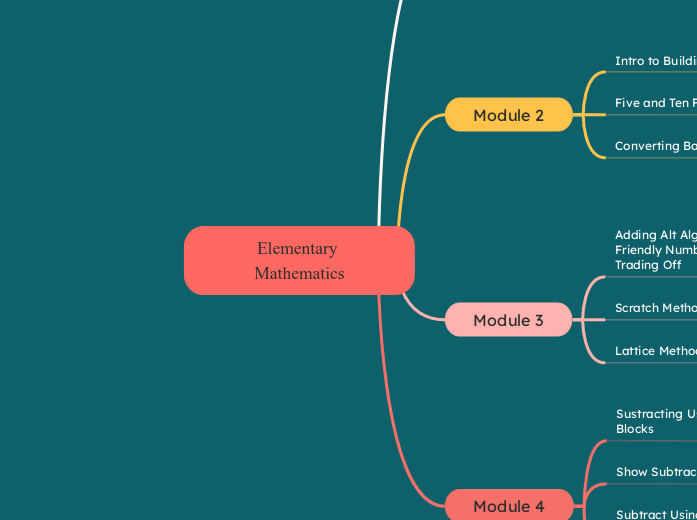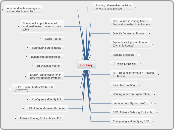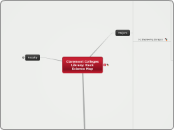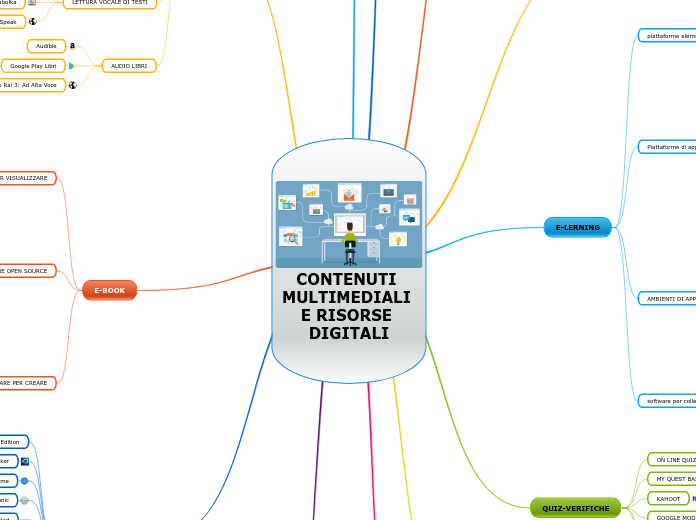Elementary Mathematics
Module 4
Subtract Using Traditional Algorithm, Expanded Form, Left to Right and Equal Addends
Traditional
- The traditional algorithm is considered expandable and efficient
Expanded Form
- This is expandable and based on Math
Left to Right
- This method is considered expandable and based in math, not so much efficient
Equal Addends
- Try to make your number to the right of the equation your friendly number
- Expandable, efficient, and based on Math
- Friendly numbers end in a zero
Show Subtraction
- Use lines (longs), individual units (Unit), or flats to represent and show subtraction
- Another great tip to show your work is to use different color markers or pens
- There will be times were you need to exchange units, longs and flats
- Be careful because if you are not in base ten, you need to exchange within the number base you are in
Sustracting Using Base Ten Blocks
- The best way to say 7-2 is "Seven take away two."
- TAKE AWAY
- You want to make sure students can tell apart what you are taking away: "What you are taking away is off your whiteboard to the side."
Module 3
Lattice Method
- You HAVE to rewrite your math problem vertically to solve it correctly
- Make sure you draw a lattice box depending on the digits you have adding
- You add going down the angle from your box
- Lattice is considered expandable, hesitant to efficiency and NO math content at all
Scratch Method
Solving Addition Using Alt Algorithms: Scratch
- Add going down as our traditional model
- You don't have to rewrite the math problem, but it might be easier for your students if you do
- When you count up to 10, put a scratch
- Count to a different base number and put a scratch (long)
- The scratch method is efficient and expandable
Adding Alt Algorithms : Friendly Numbers and Trading Off
- Friendly numbers go along with trading off
- Friendly numbers are numbers that end in a zero
- When you are trading, it doesn't matter if you are giving it to the larger number or smaller
Friendly Numbers
It's important to ask ourselves these three questions when learning new strategies:
1.) Is it efficient?
2.) Is it expandable
3.)Is it based in solid math?
Module 2
Converting Bases
- To convert bases, you can use diagrams to show each number.
- The digit tells us how many of each shape we have ( Flats, Longs, and Units)
- When I have a long in base ten, that means I have ten units
- When I have a long in base six, it means I have six units.
Converting to Base Ten
- Step 1: Draw a diagram/shape
- Step 2: State the number of units in each shape
- Step 3: Add all the units
Example: 14 five
=9
26twelve =30
Five and Ten Frames
5/10 Frames
- Differentiation will help our students see patterns.
- The ten and five frames can be used in many different ays when it comes to problems and concepts in Math.
Intro to Building Different Bases
Words we will often hear through this module are: Flat, Long, and Units.
- A flat looks like a large square, hundredths.
- A long looks like a line, which is like a ten.
- A flat is a small individual unit/ one piece.
Any number that DOESN'T have a subscript is in base 10.
When you are working with a large number, for example, 323 to base twenty. Rather than putting out all individual units, you can skip count by the base (in this case, 20) and get as close as you can to your number (323)
Having a zero as a place holder is important because they are moving our number to the next bigger shape (Flat. long and units)
Module 1
Ploya's Problem
UnDevCarLo
Un: Understand the problem
Dev: Develop a plan
Car: Carry out the plan
Lo: Look back and see if your answer makes sense
Overview & Learning Materials
- The professor explained homework expectations (Credit/no credit)
- All questions must be attempted
- Check the answer key and MAKE sure you comment your reflection in the comment section.
- Required Assignment: MindMap is a digital accounting covering everything we learned in class.
- You will need Manipulatives to be successful in this course. Base ten blocks, the Fraction Model, and Two-color Counters.









